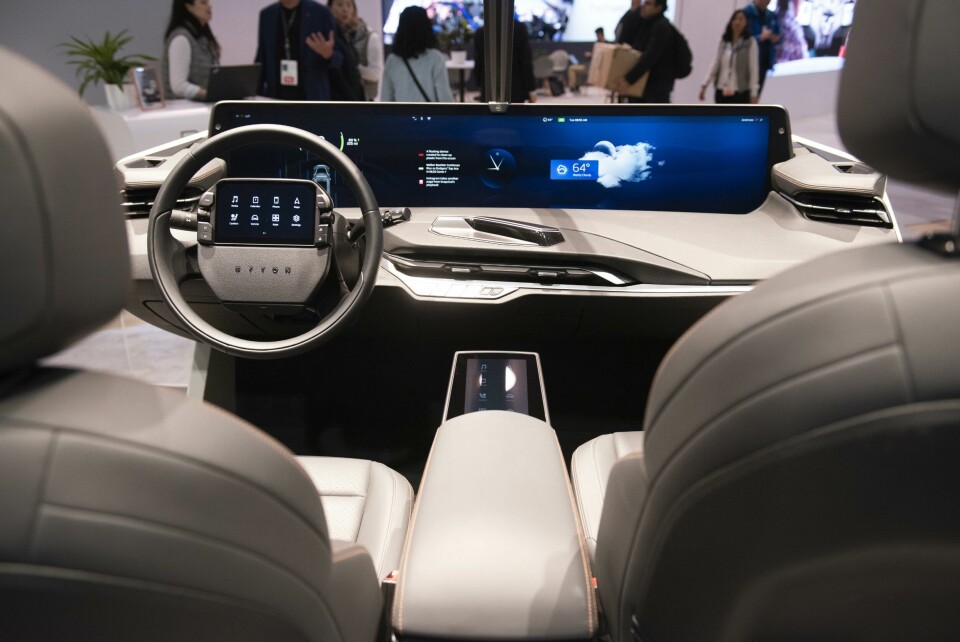
CES 2020: Byton shows the “production ready” M-Byte
All-electric SUV gets closer to reality with fresh UI/UX updates
CES 2020: the best design stories from the show
-
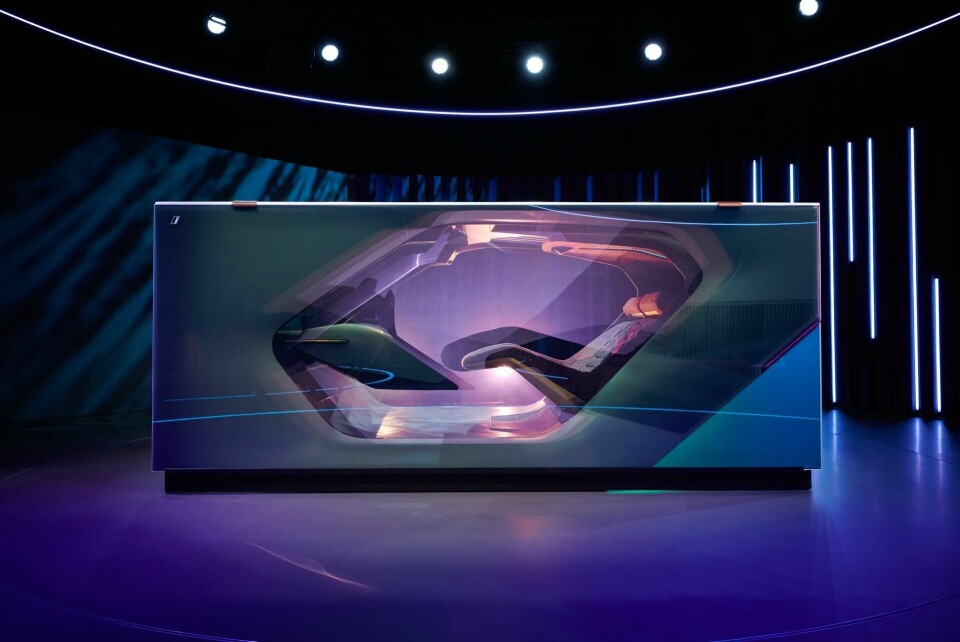
BMW i Interaction Ease concept interior
-
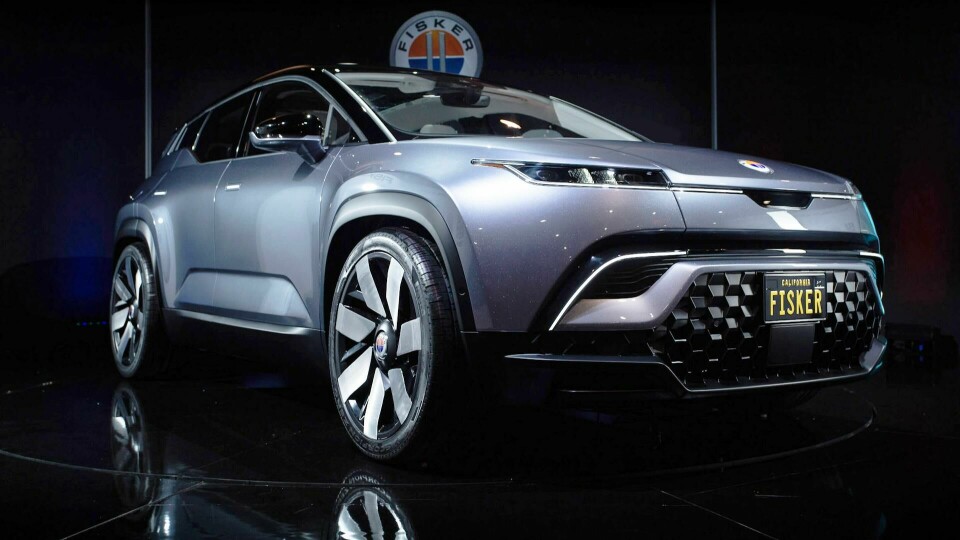
CES 2020: Fisker Ocean
-
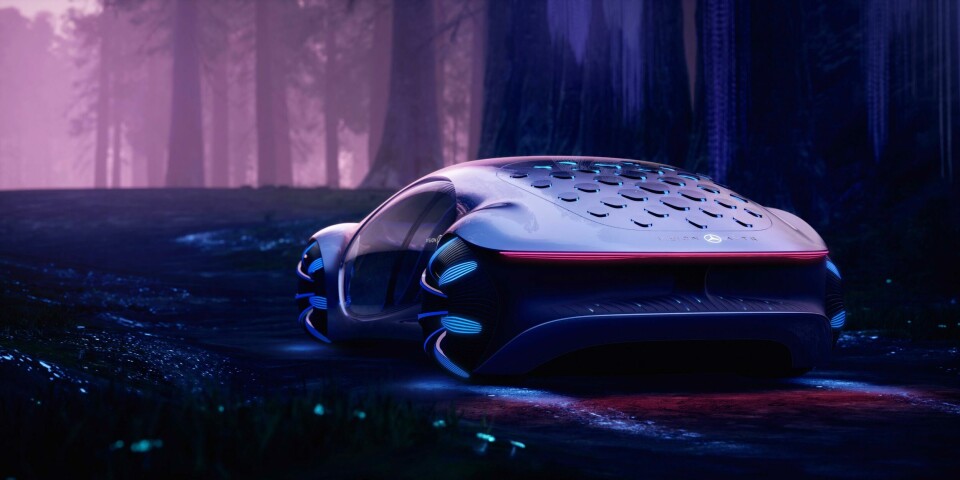
CES 2020: Mercedes-Benz releases the AVTR concept
-

CES 2020: Byton shows the “production ready” M-Byte
-
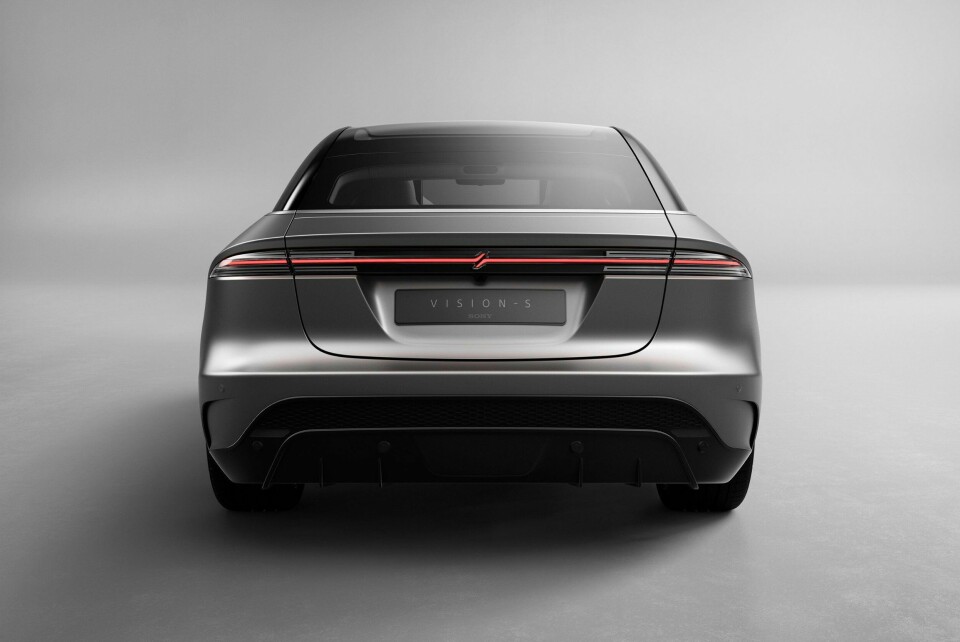
CES 2020: Is Sony’s Vision S a scary sight, or a revelation for carmakers and suppliers?
-
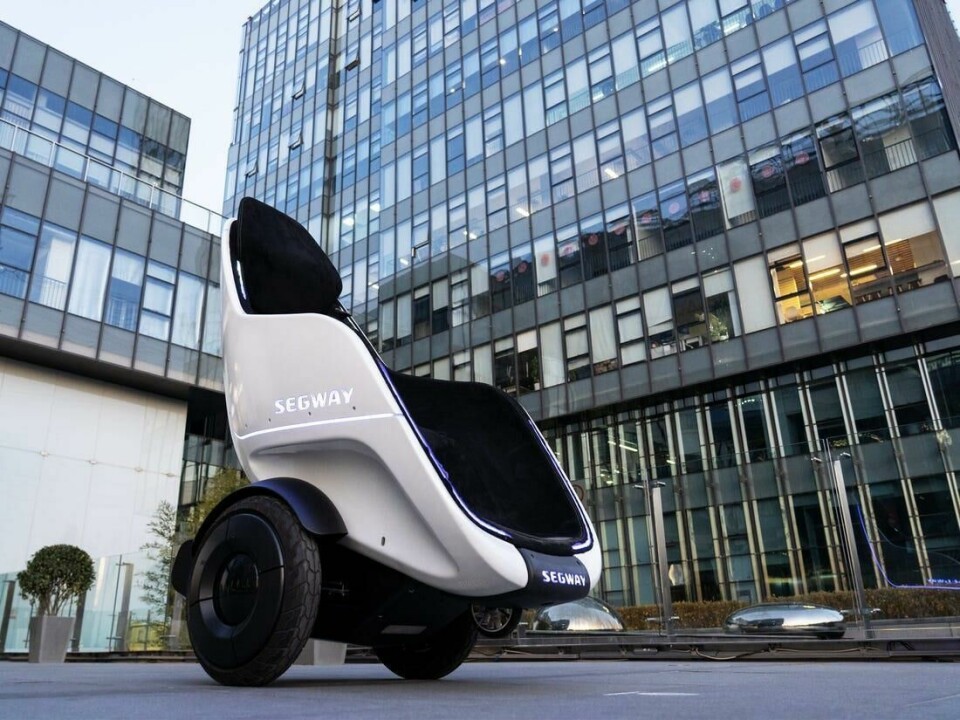
CES 2020: Segway-Ninebot shows swift single-seater
-
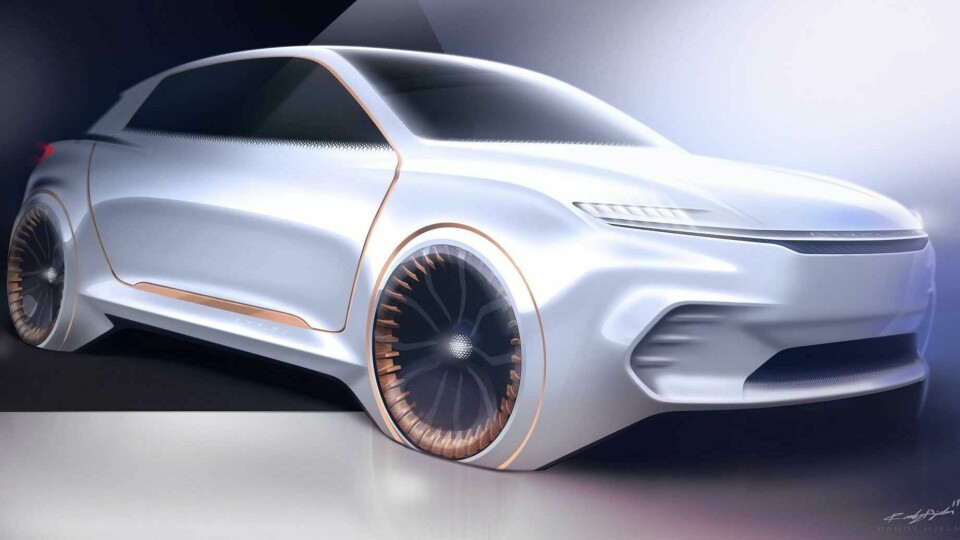
CES 2020: Chrysler Airflow Vision concept
-
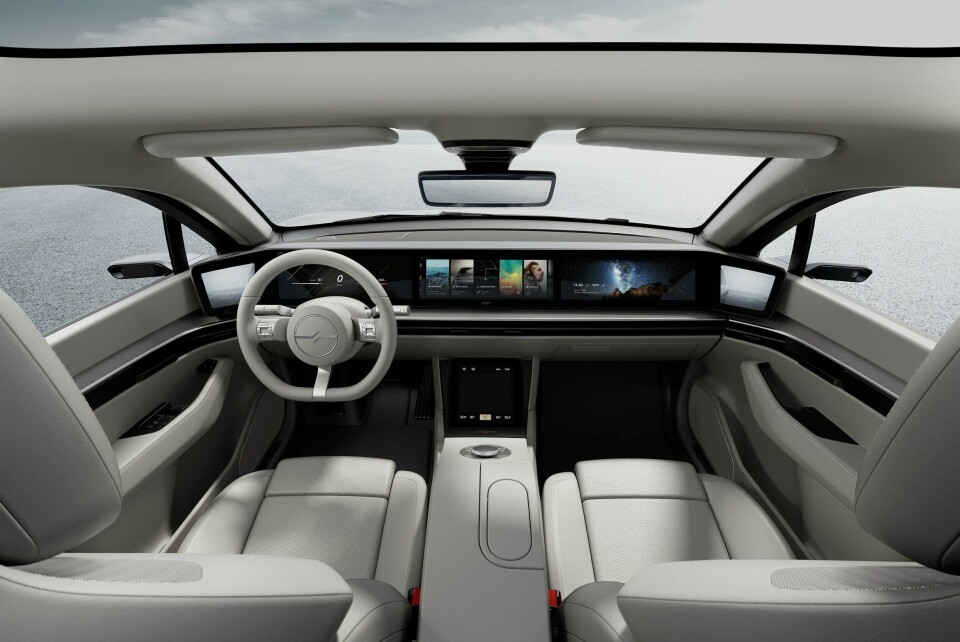
CES 2020: Sony builds a car
-
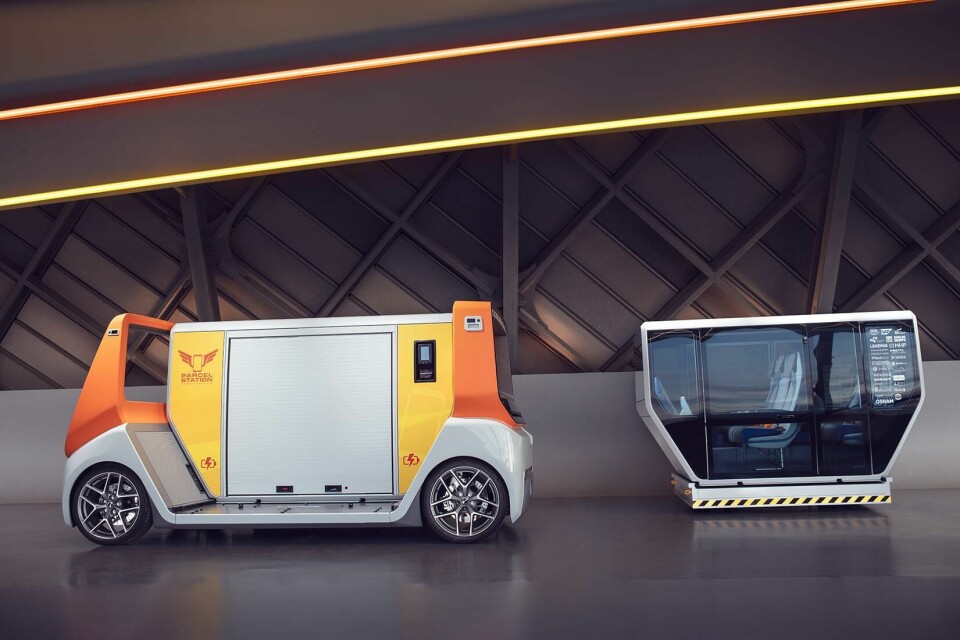
CES 2020: MetroSnap, Rinspeed’s biggest concept to date
-
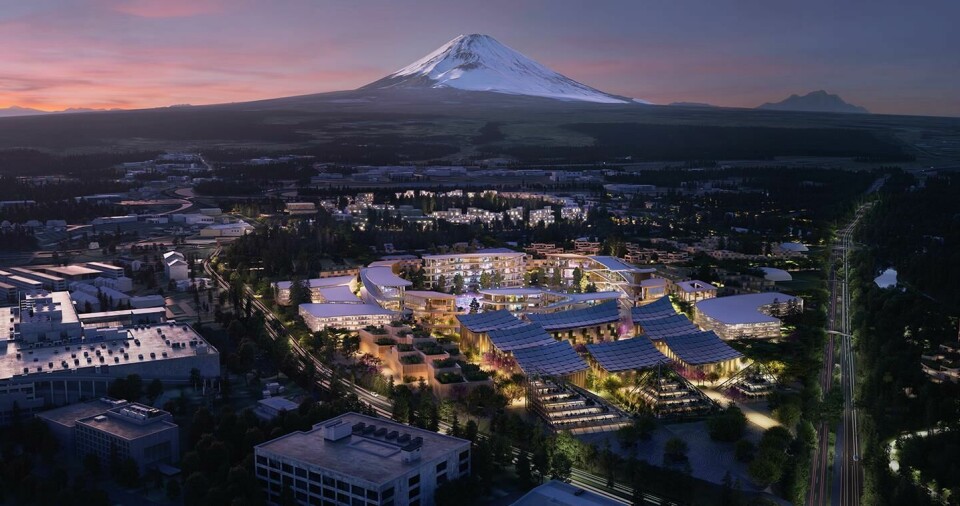
CES 2020: Toyota debuts a concept city
-
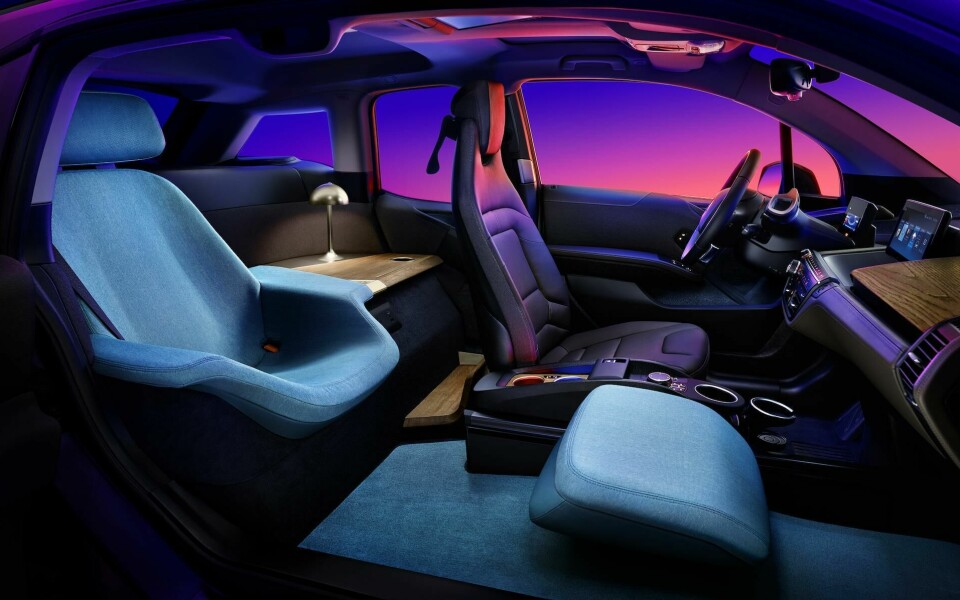
CES 2020: BMW brings an ‘Urban Suite’ to Vegas
Byton trotted out a near-production version of the M-Byte crossover at this year’s Consumer Electronics Show in Las Vegas, exactly two years after the Chinese startup first debuted its ambitious concept. This time around, the M-Byte is what the company calls “production ready,” and although it’s the same car we saw last September at IAA in Frankfurt, Byton’s execs tell us there have been extensive upgrades behind the scenes.
“Since Frankfurt we have been showing some new use cases,” Byton’s VP of design Benoît Jacob told us in Las Vegas. “Now we are about teaming up with the right partners and creating more functionalities.” Some of those partners include ViacomCBS for video streaming, Travel for online trip booking, and XPeri for digital HD radio and DTS connected radio.
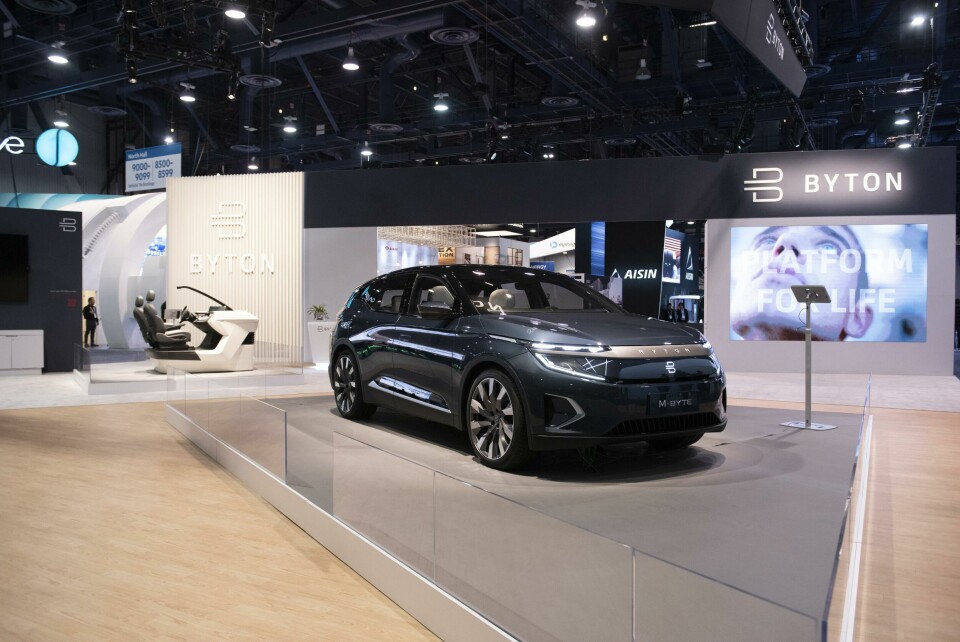
Dre Nitze-Nelson, Director of Future Digital Product Experience, gave us a demo of some of the M-Byte’s new bits, including a Star Wars-inspired space game and Cinema Mode, which displays movies across the M-Byte’s expansive 48-inch screen when the car is parked. An office mode allows users to access PowerPoint presentations and other documents, as well as participate in video conferencing.
“We’ve really explored what you can do in the car while you’re parked and charging,” Jacob said. “It should be a great place for both drivers and passengers.” Since the concept car was introduced, the UI/UX team also simplified and de-cluttered much of the interface.
As we learned in Frankfurt, the production-ready M-Byte is within millimetres of the concept. “We tried to create a very reduced look,” Jacob told us. “The motivation was really to address some essential questions about mobility, to bring innovation but in a very meaningful way. The goal was not to do a sports car that accelerates from 0-100 in two seconds.”
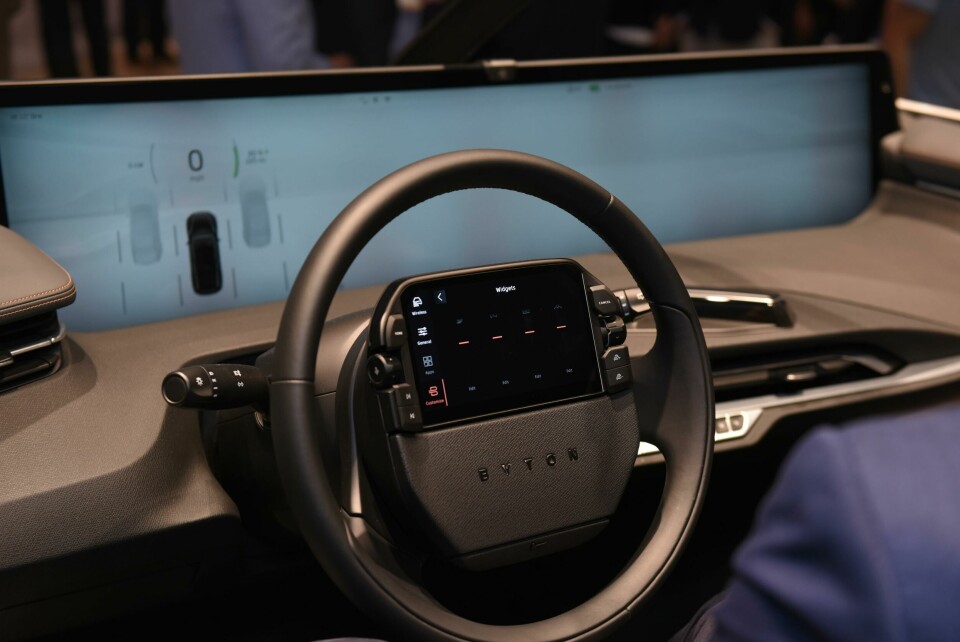
Jacobs says the small design team had a lot of freedom, and because of the limited space, did much of the modelling virtually. He wanted the car to have strong proportions and clean lines. Lighting signatures on the front and rear change colours to communicate different functions (green, for example, means the car is fully charged). Jacobs says the slim taillights were particularly challenging to produce, and adds that the M-Byte achieves a drag coefficient 0.29 Cd (for those keeping track, that’s shy of the Tesla Model X’s 0.24 Cd). The interior is spacious enough for Jacob himself, who, even at six-foot-three, can fit comfortably even in the back seat.
Jacob says about 20 prototypes of the M-Byte have been built so far in Byton’s new factory in Nanjing, China. “They are not handmade, they are made out of the production tooling; we have the factory ready to go,” he says. “It’s amazing, the stamping alone – we have a five-step stamping process which allows more precision.” Byton has announced that deliveries are scheduled to begin in China later this year, and in the US some time in 2021. Until then, Jacob says, “We will use this time really to polish the car. There are too many cases of cars coming onto the market with battery issues, quality issues, and we don’t want that.”

Meanwhile, Jacob is enjoying his position in a company where he and his team are able to have more influence on corporate strategy as well as design direction. “I like my job much better than I did before because the footprint and the touch points are much bigger,” he says. “I see my role as we [design] are not only the toy box, but an incubator to make sure these ideas can happen. I’m confident about this company and I think the way we are able to achieve that is truly amazing. The result is a clean car with good functionality, range, good space, and the right price position – and that’s what people essentially need.”
Screens walkthrough of the Byton HMI (done pre CES 2020 updates)



